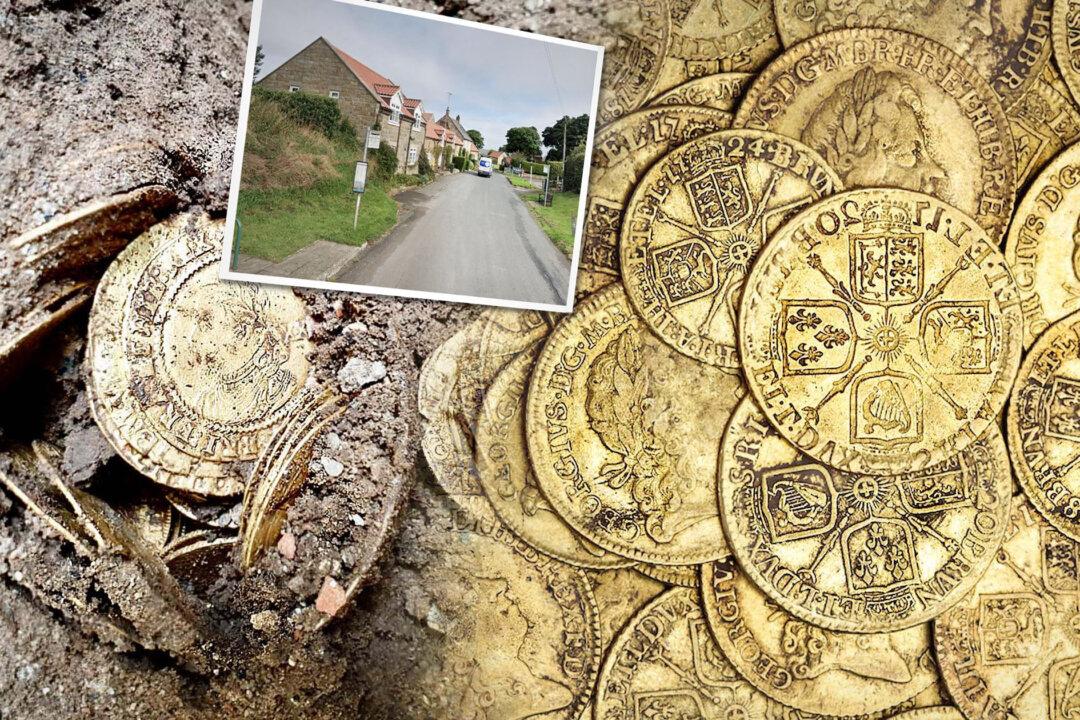Just beneath the floorboards and concrete of their home in rustic Ellerby, North Yorkshire, one fortunate couple discovered a small but precious cache of old, glistening English gold.
Found in situ under 6 or 8 inches of soil, during a kitchen reno reportedly, the find consisted of a small Staffordshire-ware container, no larger than a Coke can, filled to the brim with the hidden savings of one notable bygone couple. These were comprised of 260 gold coins, dating from as early as King James I to as late as the reign of King George.






